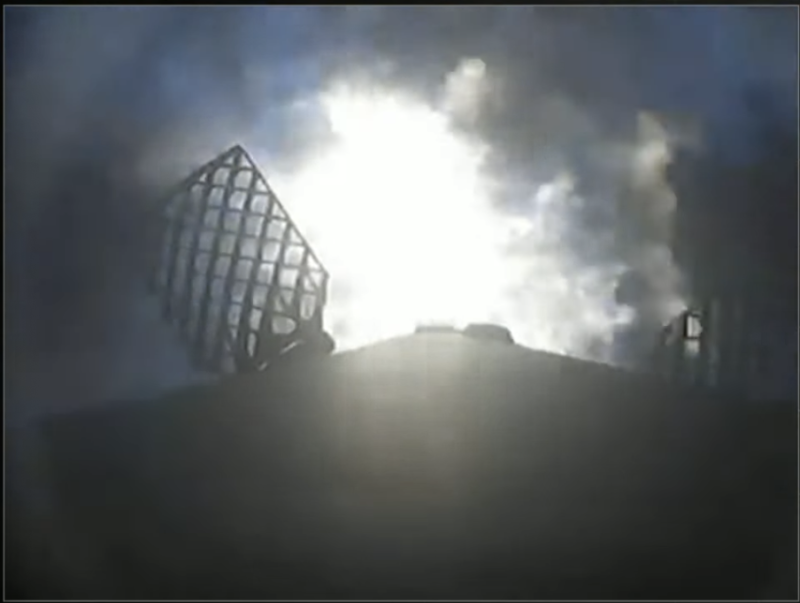
SpaceX pushed one step closer to a personal-best-beating 30 launches in 2021 on Saturday night, as its second Falcon 9 mission in less than a day took to the skies from Space Launch Complex (SLC)-40 at Cape Canaveral Space Force Station, Fla. The veteran B1067 core—making her third trip to space—roared into the night at 10:58 p.m. EST, carrying Turkey’s powerful Türksat 5B communications satellite on the first leg of its trek to geostationary orbit and an operational “slot” at 42 degrees East longitude.
Tonight’s flight occurred only 15 hours after another Falcon 9 lifted 52 Starlink low-orbiting internet communications satellites to orbit from Vandenberg Space Force Base, Calif. Up next early Tuesday is another Falcon 9 from historic Pad 39A at the Kennedy Space Center (KSC) in Florida, carrying the CRS-24 Cargo Dragon to the International Space Station (ISS), which will close out 2021 on 30 launches and the first-ever five-launch month in SpaceX’s chequered history.
Supporting Saturday night’s mission was B1067, which entered the Falcon 9 fleet earlier this year, when she launched the CRS-22 Cargo Dragon to the ISS on 3 June under the second-round Commercial Resupply Services (CRS2) contract with NASA. And just a few weeks ago, on 10 November, she lifted Dragon Endurance to orbit, carrying Crew-3 astronauts Raja Chari, Tom Marshburn, Kayla Barron and Matthias Maurer to the station for a six-month increment as part of Expeditions 66/67.
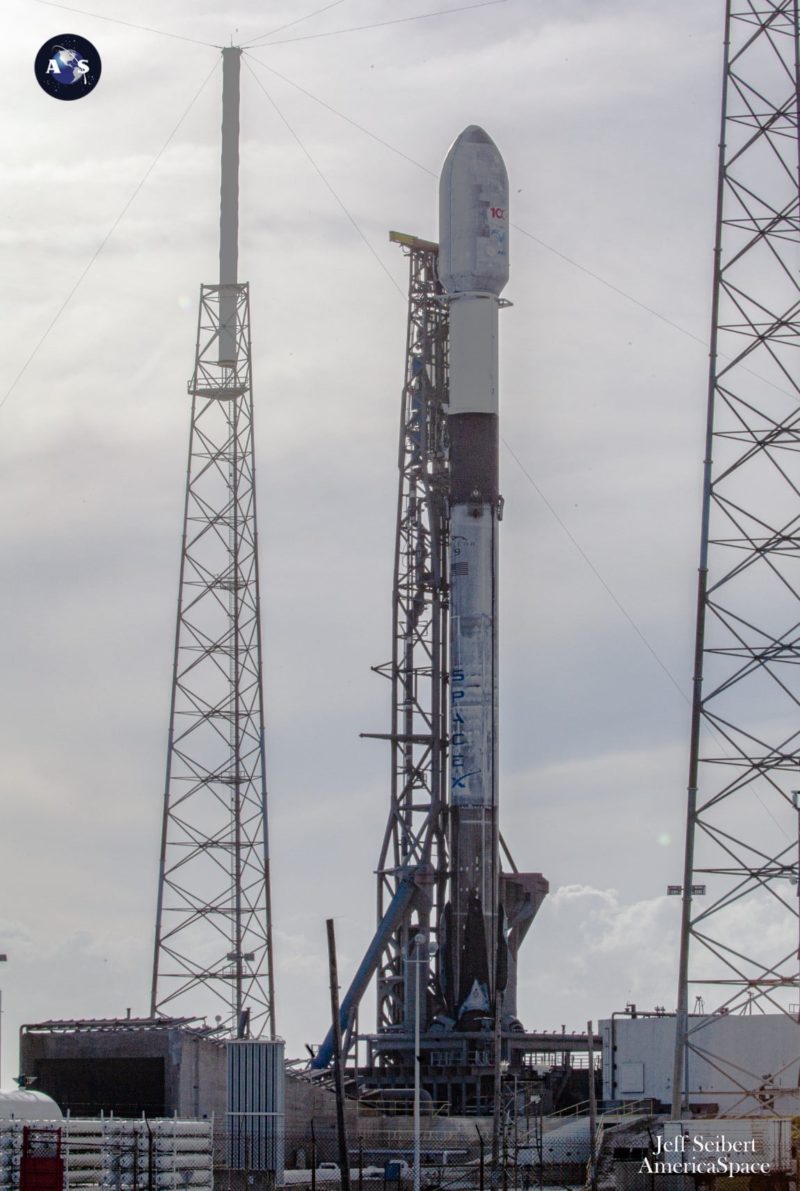
At the end of her first mission, B1067 alighted on the deck of the Autonomous Spaceport Drone Ship (ASDS), “Of Course I Still Love You”—marking this particular vessel’s final East Coast Falcon 9 “catch”, before being moved to the West Coast for Vandenberg operations—whilst her second mission, last month, terminated with a pinpoint touchdown on the newest East Coast-based ASDS, “A Shortfall of Gravitas”.
In readiness for the Türksat 5B launch campaign, “A Shortfall of Gravitas”, departed Port Canaveral last Wednesday, bound for a position about 390 miles (630 kilometers) offshore, to await its second B1067 return. Weather conditions for Saturday night were predicted to be around 80-percent favorable.
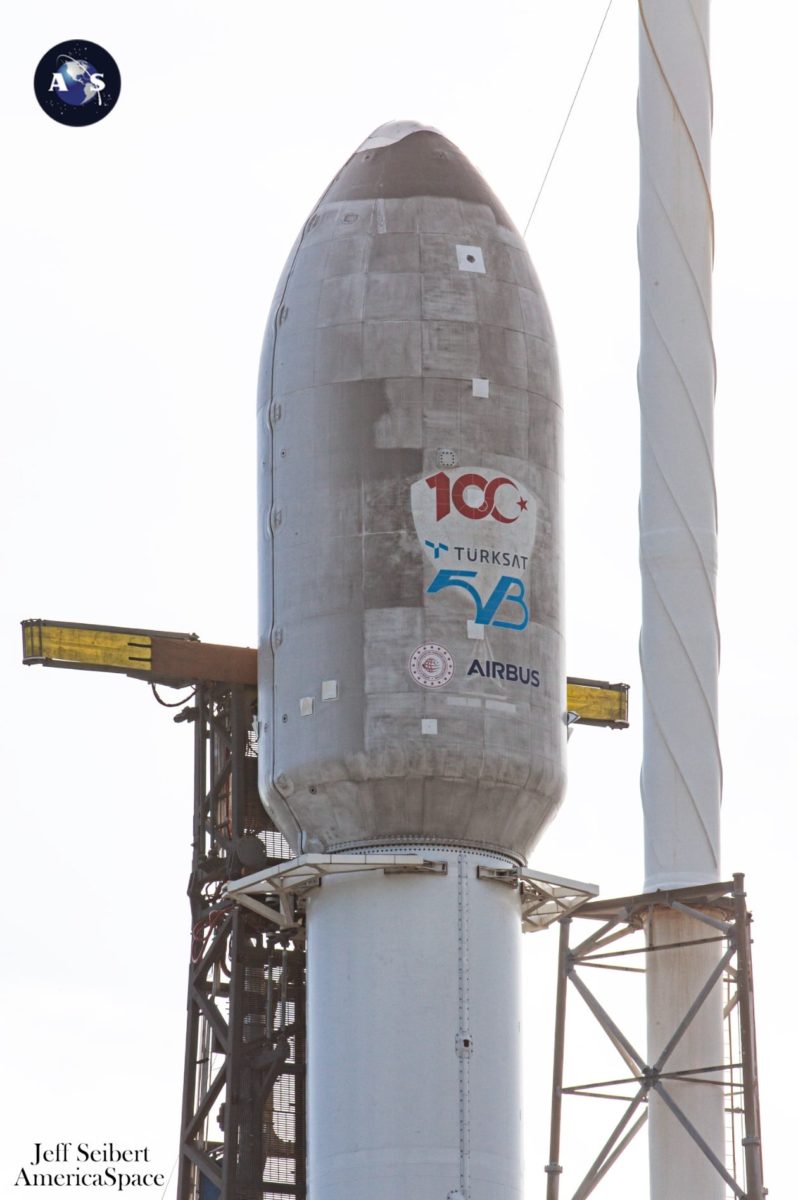
“A frontal boundary is forecast to approach from the northwest Saturday, with the onshore component to the wind becoming increasingly moist and unstable over the weekend,” noted the 45th Weather Squadron at Patrick Space Force Base in a Friday update. “Therefore, the primary weather concern for launch day is cumulus clouds potentially associated with showers in advance of this front.”
Launch occurred on time at 10:58 p.m. EST, only 15 hours and 17 minutes after the B1051 Falcon 9 took flight from Vandenberg. That established a new record for the shortest interval between any two Falcon 9 missions. It eclipsed the previous record, set last September between the first dedicated Starlink mission from the West Coast and the historic, all-civilian Inspiration4 just 44 hours and seven minutes later from KSC.
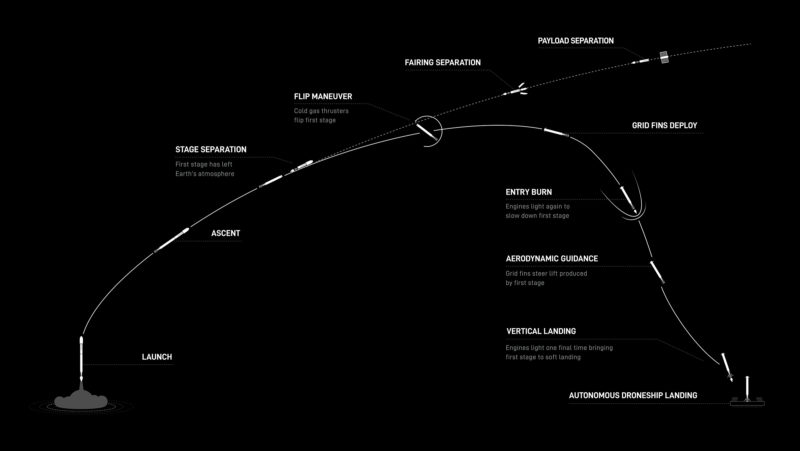
Eight minutes after its nine Merlin 1D+ first-stage engines provided the initial muscle to get Türksat 5B airborne, B1067 returned for its third on-point ASDS landing of the year. In the meantime, the single Merlin 1D+ Vacuum engine of the second stage ignited to lift Turkey’s newest communications satellite on the first leg of its trek up to geostationary orbit. The 9,900-pound (4,500-kilogram) payload was deployed a little under a half-hour after leaving the Florida Coast.
Developed and built by Airbus Defence and Space and Turkish Aerospace Industries (TAI), Türksat 5B will provide Ku- and Ka-band communications and direct-broadcast television services across a broad swath of territory from Turkey and the Near East to Europe and Africa, on behalf of the Ankara-based provider, Türksat.
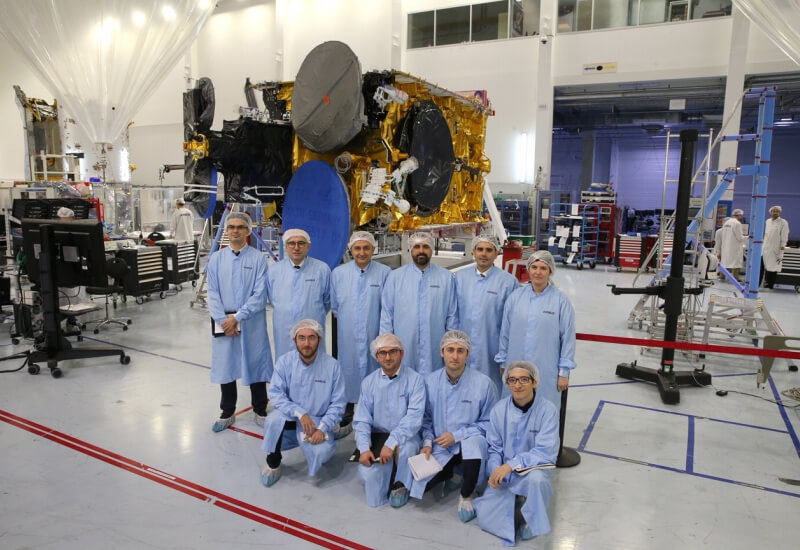
Its High Throughput Satellite (HTS) payload will provide more than 50 Gbps of capacity. Based on the all-electric variant of Airbus’ EuroStar E3000 “bus”, Türksat 5B will enter a geostationary orbital “slot” at 42 degrees East longitude for an expected 15 years of active operational service.
Contracts to build two satellites—including Türksat 5A, which rode another Falcon 9 to orbit last January—were awarded to Airbus back in November 2017 and both adhered with surprising closeness to their targeted launch dates. Right from the outset, Türksat 5B was scheduled to fly in 2021. Also in November 2017 SpaceX was awarded the contract to launch both satellites.
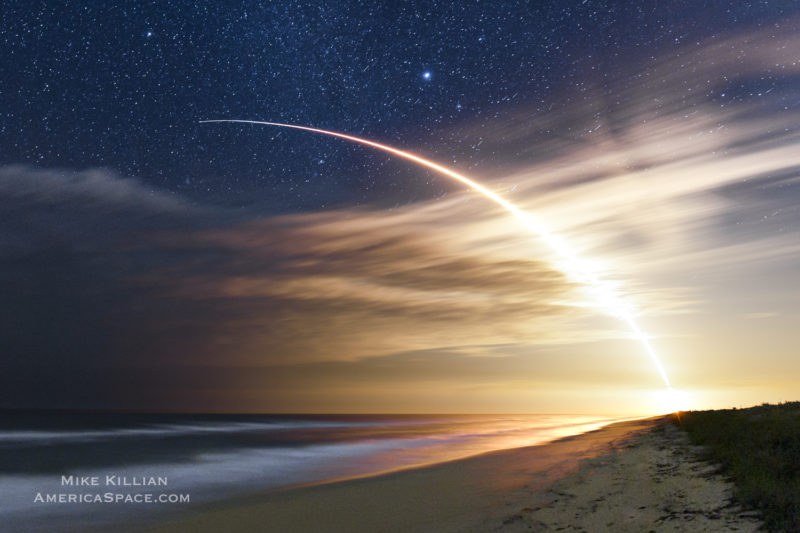
A year later, in October 2018, Mehmet Cahit Turhan, Turkey’s minister of transport and infrastructure, told delegates at the fourth Global Satellite Show at the Istanbul Exhibition Center that both satellites had passed their Preliminary Design Review (PDR) and were pressing into Critical Design Review (CDR).
“With the Türksat 5B satellite, especially the Ka-band capacity will increase to 15 times the current capacity,” explained Mr. Turhan. “With the Ka-band capacity planned on Türksat 5B, we will focus especially on the commercial ships and airlines market…thus, we will reach an important position in the sector by including the entire Middle East, the Persian Gulf, the Red Sea, the Mediterranean, North and East Africa, Nigeria, South Africa and nearby neighboring countries.”
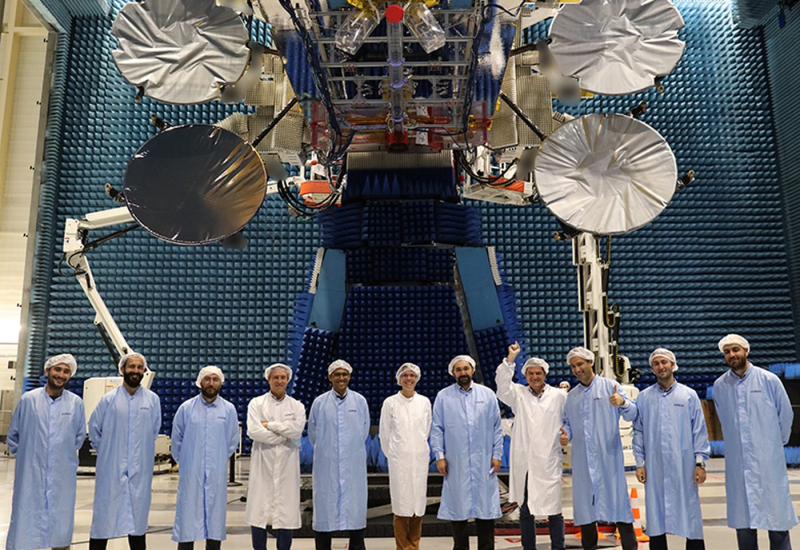
By March 2020, physical construction of the satellite had been completed and the integration of Türksat 5B’s communications module was underway. By this time, and with the worldwide impact of the COVID-19 coronavirus pandemic beginning to be felt, the launch was targeted for the second quarter of 2021. System-level testing of the satellite progressed into last fall, but by April 2021 launch had moved to no earlier than the fourth quarter and by mid-September had shifted again to “the end” of the year.
Having wrapped up its 29th mission of 2021, attention now turns to neighboring Pad 39A at KSC, where the third Falcon 9 in three days is set to launch no sooner than 5:06 a.m. EST Tuesday. Laden with the CRS-24 Cargo Dragon, it will be responsible for delivering upwards of 6,500 pounds (2,590 kilograms) of payloads, equipment and supplies to the seven-person Expedition 66 crew.
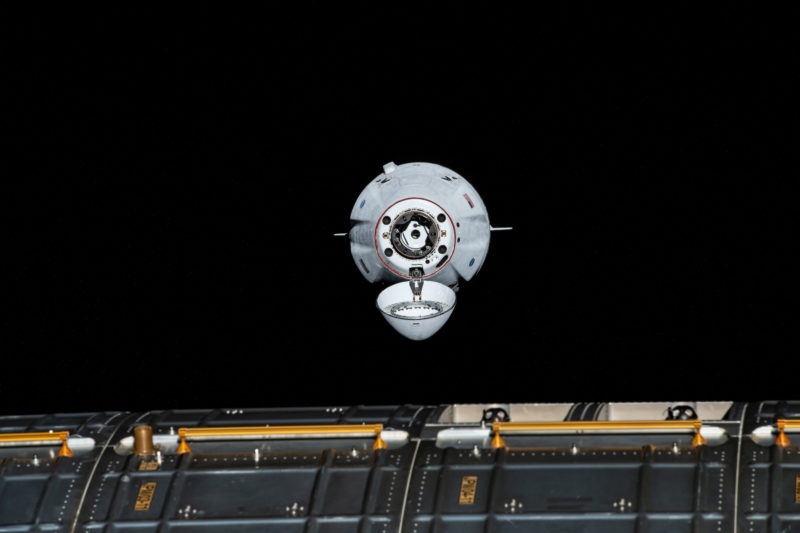
After launch, CRS-24 will spend almost a day in transit to the station, before executing an autonomous docking at the space-facing (or “zenith”) port of the Harmony node, around 4:30 a.m. EST Wednesday. Monitoring the cargo ship’s arrival will be NASA astronauts Tom Marshburn and Raja Chari.
The crew has conducted a number of tasks in readiness for the CRS-24 arrival. Last week, they resized one of two U.S. Extravehicular Mobility Units (EMUs), in readiness for the return of components back to Earth aboard the Cargo Dragon in late January. And on Thursday, the astronauts relocated Station Support Computers (SSCs) from Japan’s Kibo lab and the Harmony node into the multi-windowed cupola.
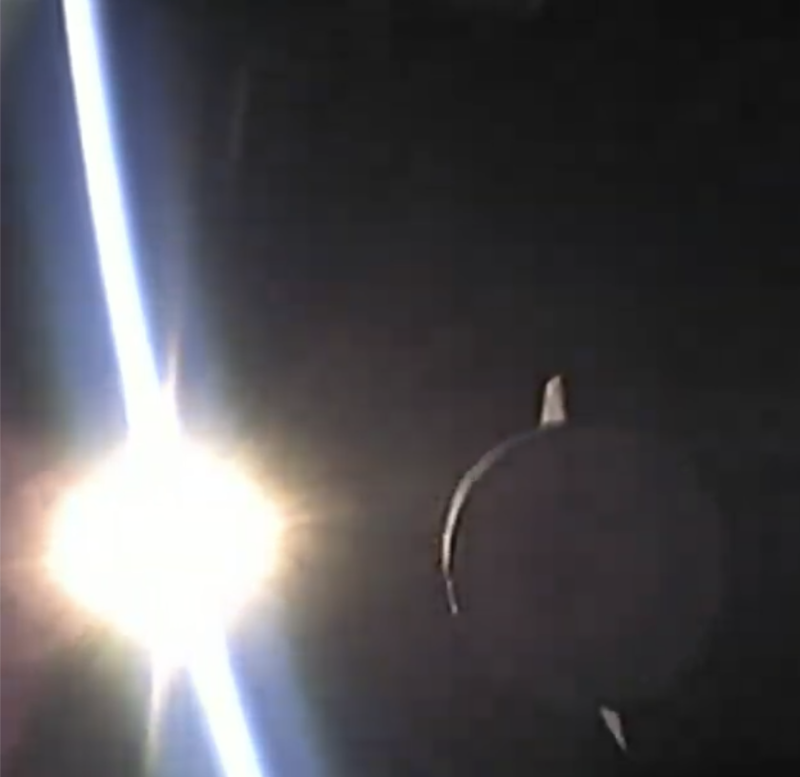
On Wednesday morning, these will be used in support of monitoring tools during the CRS-24 docking. The crew also set up vehicle-specific and Rendezvous and Proximity Operations Program (RPOP) software within the cupola’s Robotics Workstation (RWS) and participated in additional computer-based training for their roles and tasks on docking morning.
A Launch Readiness Review (LRR) was completed Friday, although weather on Tuesday appears pessimistic, with a 40-percent chance of acceptable conditions at T-0, improving only marginally to 60 percent on Wednesday.
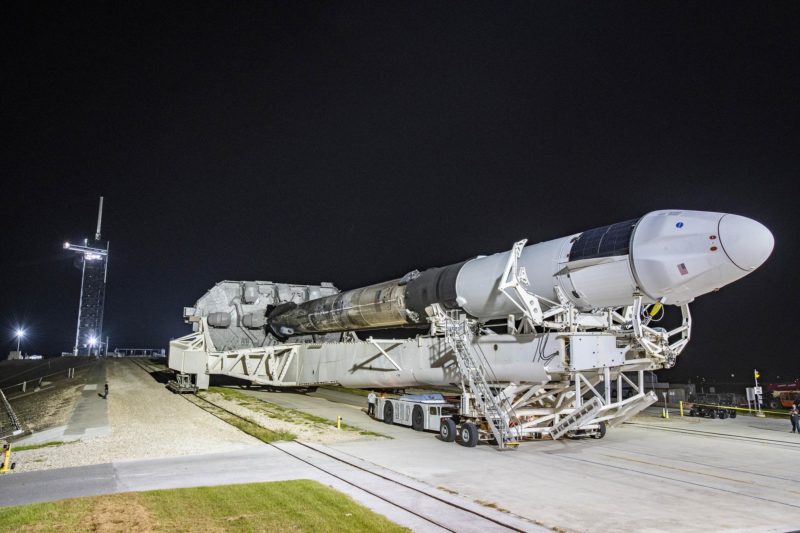
“An unsettled pattern will be in place across Central Florida and the Spaceport for the first half of the upcoming week as a frontal boundary arrives in the state on Sunday and stalls out by early Monday,” noted the 45th Weather Squadron. “Confidence in increased shower and storm coverage, along with extensive mid-level cloud cover bringing in less-than-favorable conditions for the primary launch attempt early Tuesday morning is high.”
However, should CRS-24 get off the ground on time, it will mark the first time that SpaceX will have launched as many as five missions in a single calendar month. Thus far in December, Falcon 9s have lofted a pair of Starlink batches from the East and West Coasts, tonight’s flight of Türksat 5B and NASA’s long-awaited Imaging X-ray Polarimetry Explorer (IXPE) from KSC.




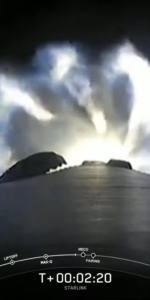
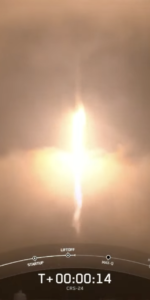
6 Comments
6 Pings & Trackbacks
Pingback:CRS-24 Dragon Launches, Heads to Space Station – AmericaSpace
Pingback:CRS-24 Dragon Launches, Heads to Space Station - d-International News
Pingback:Pad 39A Supports First U.S. Launch of 2022, Next Starlink Batch Lifted to Low Orbit – AmericaSpace
Pingback:SpaceX Completes Third Mission in Four Days, Pushes Starlink Count Towards 2,100 – AmericaSpace
Pingback:Crew-4 Aims for Pre-Dawn Wednesday Launch to Space Station - AmericaSpace
Pingback:SpaceX Gears Up for Weekend Launch Triple-Header - AmericaSpace